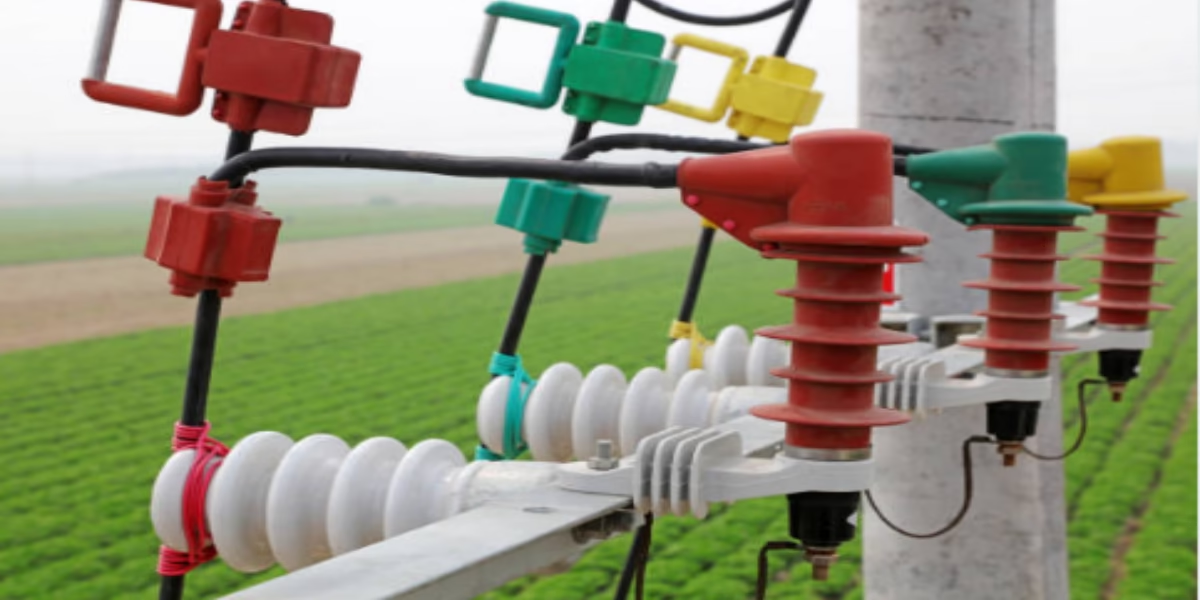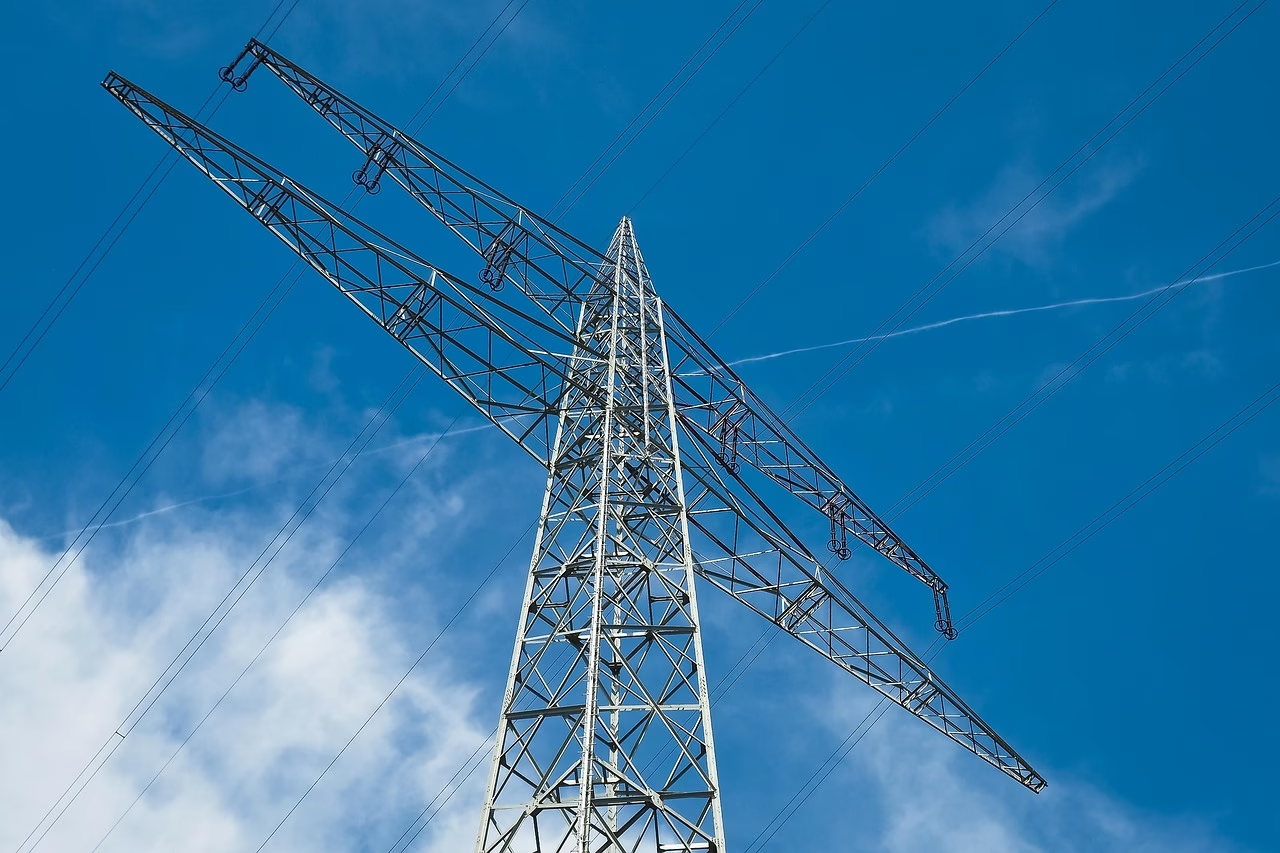In an age where the demand for reliable and efficient electrical systems is greater than ever, the quest for innovative solutions has lead to a transformative evolution in insulation technology. Enter polymer insulators—a modern marvel that promises to redefine our approach to electrical safety and efficiency. As customary materials face challenges from environmental stressors and aging infrastructure, polymer insulators emerge as a robust choice, balancing durability with performance. This article delves into the unique properties of polymer insulators, explores their growing adoption in electrical applications, and examines how they are shaping the future of electrical safety. From power transmission to renewable energy sources, discover how these versatile materials are not only enhancing system reliability but also paving the way for a more lasting future in the electrical industry.
Table of Contents
- Advancements in Polymer Insulator Technology for Enhanced Durability
- Evaluating the Performance of Polymer Insulators in Diverse Environments
- Cost-effectiveness and Sustainability: The Economic Benefits of Polymer Insulators
- Best Practices for Implementing Polymer Insulators in Electrical Infrastructure
- Q&A
- Concluding Remarks
Advancements in Polymer insulator Technology for enhanced Durability
The evolution of polymer insulator technology has made meaningful strides, paving the way for improved durability and reliability in electrical engineering. The innovative materials used in contemporary polymer insulators display remarkable resistance to environmental stressors, including UV exposure, pollution, and extreme weather conditions. Unlike their ceramic predecessors, polymer insulators are engineered to withstand the rigors of both urban and rural installations. Notably, features such as hydrophobicity, lightweight design, and superior mechanical strength contribute to their increasing adoption in high-voltage applications.
As we delve deeper into this realm of advancement, it is crucial to note the design enhancements that facilitate longer service life and reduced maintenance needs. Polymer insulators now frequently enough incorporate clever monitoring systems that can detect early signs of degradation and alert maintenance teams before failures occur. This proactive approach is essential for sustaining grid reliability and safety. Below is a comparison of traditional materials versus modern polymer insulators:
| Feature | Ceramic Insulators | Polymer Insulators |
|---|---|---|
| Weight | Heavy | Lightweight |
| Resistance to Weathering | Moderate | High |
| Maintenance Needs | High | Low |
| Installation Flexibility | Limited | High |
| Lifetime | 15-30 years | 30+ years |
Evaluating the Performance of Polymer Insulators in Diverse Environments
The performance of polymer insulators is significantly influenced by the environmental conditions in which they operate. in humid or wet climates, these insulators demonstrate superior hydrophobicity compared to traditional ceramic materials, thus reducing the risk of leakage current and improving their overall performance. Key factors that enhance their resilience include:
- Resistance to UV Radiation: Polymer insulators exhibit exceptional stability, maintaining their integrity under prolonged exposure to sunlight.
- Pollution Resistance: The non-porous surfaces prevent dirt and pollution accumulation, which can compromise insulator performance.
- Mechanical Flexibility: Their ability to withstand physical stress aids in durability, especially in locations prone to extreme weather.
Testing polymer insulators across varied geographical settings—ranging from arid deserts to coastal areas—has yielded insightful data. A comparative analysis illustrates their efficacy as shown in the table below, highlighting critical performance attributes:
| Habitat | performance Rating | Typical Lifespan (Years) |
|---|---|---|
| Urban Pollution | 8.5/10 | 25 |
| Coastal | 9/10 | 30 |
| Arid | 7/10 | 20 |
| Tropical | 9.5/10 | 28 |
This table showcases how polymer insulators excel in high-pollution and humid tropical environments, making them a robust choice for modern electrical infrastructure.As these materials evolve and integrate with innovative technologies, their adaptability promises a leap forward in electrical safety and system efficiency.
Cost-Effectiveness and Sustainability: The Economic Benefits of Polymer Insulators
The economic advantages of polymer insulators are increasingly recognized within the energy sector. These materials, characterized by their lightweight and durable nature, significantly reduce installation and maintenance costs. Polymer insulators eliminate the need for frequent replacements, thereby decreasing the overall lifecycle costs. Additionally, they offer improved resistance to environmental factors such as pollution and extreme weather conditions, which can lead to fewer outages and reduced operational expenses. as organizations seek to optimize their budgets, the shift towards polymer insulators can contribute to long-term financial savings.
Sustainability is also a vital component in assessing the economic benefits of polymer insulators. Their production involves less energy compared to traditional ceramic materials, which helps minimize carbon footprints. Moreover, the ability to recycle these insulators at the end of their life cycle underscores their eco-amiable attributes. The following table highlights the comparative benefits of polymer insulators versus traditional materials:
| Criteria | Polymer Insulators | ceramic Insulators |
|---|---|---|
| Installation Cost | Lower | Higher |
| Maintenance Frequency | Less frequent | More frequent |
| Weight | Lightweight | Heavy |
| environmental Impact | Recyclable | not easily recyclable |
Best Practices for Implementing Polymer Insulators in Electrical Infrastructure
Implementing polymer insulators in electrical infrastructure requires a systematic approach to maximize their benefits. First and foremost, it is indeed essential to conduct a thorough site assessment before installation. This includes evaluating environmental conditions such as pollution levels, temperature variations, and humidity. By understanding the specific challenges of the location, engineers can select insulators that are appropriately designed to withstand local stressors. Additionally, careful consideration of installation procedures is crucial. Ensure that installation teams are well-trained and knowledgeable about the specifications and handling requirements of polymer materials to prevent damage during transport and installation.
A comprehensive maintenance plan should also be established to monitor and extend the lifespan of polymer insulators.Regular inspections should focus on identifying early signs of wear, contamination, or cracks. Key actions to include are:
- visual Checks: Frequent visual inspections can catch potential issues before they become significant problems.
- Cleaning Procedures: Establish routine cleaning schedules, particularly in pollution-heavy environments, to remove contaminants that can affect performance.
- Documentation: Maintain a detailed log of inspections and maintenance actions to ensure compliance and facilitate timely upgrades.
This proactive approach not only enhances the reliability of electrical systems but also fosters long-term operational efficiency.
Q&A
Q&A: Polymer Insulators - The Future of Electrical Safety and Efficiency
Q1: What are polymer insulators, and how do they differ from traditional insulators?
A1: Polymer insulators are made from synthetic materials such as silicone or rubber, which provide excellent electrical insulation properties. Unlike traditional ceramic or glass insulators, which are heavy and can be prone to breakage, polymer insulators are lightweight, flexible, and resistant to environmental conditions. This makes them particularly suitable for a wide array of applications, including utility poles and substations.
Q2: Can you explain the benefits of using polymer insulators over traditional materials?
A2: Absolutely! polymer insulators offer several advantages,including reduced weight,making installation easier and less labor-intensive. They also boast superior resistance to vandalism and adverse weather conditions. Their hydrophobic surfaces help shed water and dirt, reducing the risks of flashover and improving reliability. Additionally, they require less maintenance over time, contributing to cost-effectiveness in the long run.
Q3: How do polymer insulators contribute to electrical safety?
A3: Polymer insulators enhance electrical safety by providing reliable insulation and minimizing the risk of electrical faults. their ability to withstand extreme temperatures and resist degradation from pollutants reduces the incidence of accidents. moreover,their lightweight nature allows for easier and safer handling during installation and maintenance,ultimately leading to a safer work environment for technicians.
Q4: what is the role of polymer insulators in improving energy efficiency?
A4: By minimizing energy loss during transmission and distribution, polymer insulators play a critical role in boosting energy efficiency.Their durability and resistance to environmental factors ensure that electrical systems operate optimally over longer periods. As an inevitable result, utilities can enhance their performance and reduce operational costs, aligning with the goals of modern energy sustainability initiatives.
Q5: Are ther any limitations or concerns regarding polymer insulators?
A5: While polymer insulators have numerous advantages, they are not without limitations. One concern is their long-term durability when exposed to UV radiation, although many modern polymers undergo treatments to enhance their resistance.Additionally, the initial costs of polymer insulators can be higher than traditional materials, though many argue that the long-term savings on maintenance and energy efficiency offset this drawback.
Q6: What does the future hold for polymer insulators in the electrical industry?
A6: The future of polymer insulators looks promising,as innovations continue to emerge in material science and manufacturing processes. As the electrical industry moves towards more sustainable practices,the demand for lightweight,efficient,and eco-friendly insulators is likely to increase. Ongoing research and development will enhance their capabilities, ensuring that polymer insulators remain at the forefront of electrical safety and efficiency for years to come.
Q7: How can consumers and industry stakeholders advocate for the use of polymer insulators?
A7: Consumers can advocate for polymer insulators by supporting utility companies that prioritize safety, efficiency, and sustainability in their operations.Industry stakeholders can engage in educational initiatives to raise awareness about the benefits of polymer insulators. Collaboration between manufacturers and utility providers can help drive innovation and adoption in the field, showcasing the advantages of these advanced materials for the future of electrical systems.
Concluding Remarks
As we stand on the threshold of a new era in electrical safety and efficiency, polymer insulators beckon with the promise of innovation and reliability. Their unique properties not only enhance performance under demanding conditions but also offer a sustainable alternative to traditional materials. As the world increasingly embraces the need for greener infrastructure and enhanced safety protocols, the role of polymer insulators becomes ever more crucial.
In a landscape marked by rapid technological advancements and the pressing need to reduce environmental impact, these lightweight, durable alternatives are not just a solution; they are an invitation to rethink our approach to electrical systems. Embracing polymer insulators signifies a commitment to harnessing modern materials for the betterment of both industries and communities. As we forge ahead, integrating these advancements into our infrastructure could pave the way for a future where electrical safety is paramount, and efficiency is the norm.
In this journey toward innovation, may we remain inquisitive and adaptive, ensuring that our choices today illuminate a path toward not just a safer tommorow, but a smarter one as well. The future is bright, and with polymer insulators at the forefront, we are better equipped to tackle the challenges that lie ahead.





